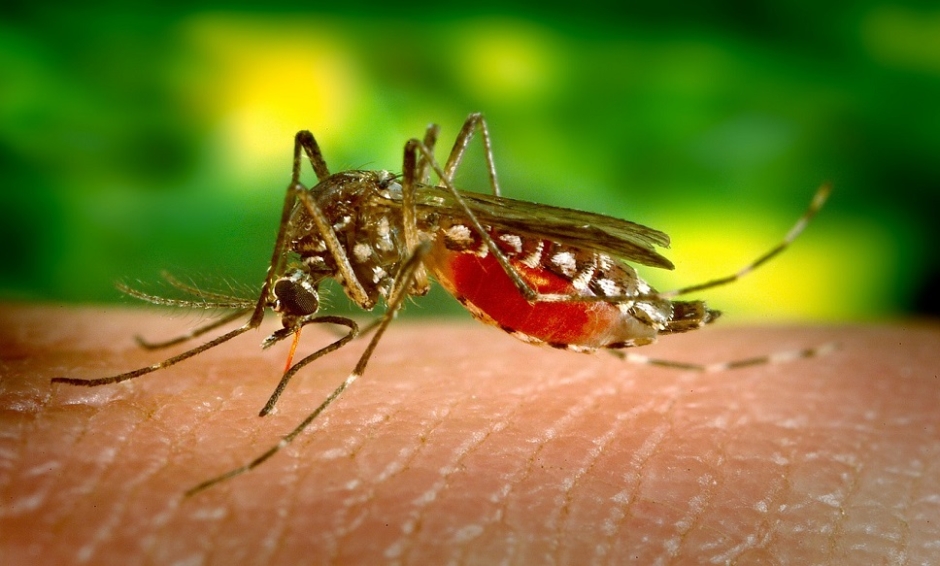WFN Working Group on Zika Virus: still too early for the all clear even outside areas affected by the epidemic
London, 14 July, 2016 – The International Congress on Neuromuscular Diseases (ICND) just drew to an end in Toronto. Among the many questions addressed there were these: How diverse can the neurological complications after a Zika infection be? How long does the virus survive in the body? How is the spread of the infection developing world-wide.
Too early for the all clear even outside areas affected by the epidemic – monitoring and control
Prof John England, Chair of the Department of Neurology at the LSUHSC School of Medicine in New Orleans and chair of a special Working Group on Zika of the World Federation of Neurology, said the good news is this: “Until now, we have not observed any Zika infection being transmitted by mosquitoes in Europe and North America. The Zika cases that have become known in these parts of the world were largely imported; in other words, the patients were infected in areas hit by the Zika epidemic. They can then pass the virus on to others.”
According to Prof England it is, however, not time to send the all clear: “We need continued close-knit monitoring to curb the spread of the infection to the greatest possible extent. All countries should take measures to ensure that imported Zika infections can be detected as quickly as possible. In this context, we welcome the trend in many countries toward establishing a duty to report detected cases. The public health authorities should also provide thorough information to travellers heading toward the affected regions – especially in light of the many athletes and tourists who will soon be taking part in and attending the Olympic Games in Brazil. The information should also cover the risk of sexual transmission.”
All countries where infection can be transmitted by mosquitoes should take actions to control these insects. This statement applies to all areas where Aedes Aegyptus mosquitoes occur as well as Aedes Albopictus mosquitoes, which are also much more widely spread in Europe.
New research results – virus detectable in the body for a long period
Research has intensified in the course of the Zika crisis and keeps bringing new findings to light. These findings pertain not only to the serious malformations in new-borns whose mothers sustained a Zika infection while pregnant with them such as microcephaly, which is quite widely known in the meantime. They also pertain to other serious neurological complications from the infection such as Guillain-Barré syndrome (GBS).
“Newer data from Brazil confirms what previous studies have already shown. Contact with the Zika virus massively increases the risk of contracting GBS,” Brazilian expert Prof Osvaldo Nascimento from Universidade Federal Fluminense in Rio de Janiero and member of the WFN Working Group reported in Toronto. “In addition, the current studies that we are conducting in our specialized research groups in Brazil show that the clinical picture of GBS resulting from Zika infection is by no means uniform; many different subgroups can be observed. For instance, some patients exhibit massive processes while in others, GBS occurs jointly with sensory polyneuropathy, with acute disseminated encephalomyelitis or with myelitis. These phenomena have not yet been decrypted and will continue to be the subject of further studies.”
According to Prof Osvaldo, the consequences of another finding will also have to be studied in detail. As it turns out, the virus can still be detected in the spinal cord in many GBS patients even months after their recovery. “This may be akin to a similar phenomenon such as Herpes Zoster, where the virus lies more or less dormant in the body for many years and then becomes active again under certain circumstances such as stress or a weakening of the immune system and unleashes serious symptoms. Further research will have to examine what significance this fact has for another breakout of the Zika infection or the passing on of Zika viruses to other persons.”
Current WHO statistics reported an ongoing transmission of infections by mosquitoes in 65 countries and territories by the reference date of 7 July 2016. Eleven countries including Germany, France and Spain have reported human-to-human transmissions with a high probability that these transmissions were sexual. Microcephaly and other malformations of foetuses that can be connected to a Zika infection have been recorded already in 13 countries; in May they had occurred in only eight countries. In 15 countries, there has been a striking increase in the number of cases of Guillain-Barré syndrome (GBS) or confirmed infections among GBS sufferers.
The WHO and the Pan American Health Organisation PAHO recently published recommendations for athletes and visitors going to the Olympic Games. These individuals should consistently protect themselves against mosquito bites by wearing suitable clothing and using insect repellent. It is also important that these individuals refrain from sex or have only protected sex during their stay in Brazil and for at least eight weeks thereafter. Pregnant women are still advised not to travel to the affected areas, in other words, not to Rio de Janeiro either.
Note to editors
Members of the WFN Work Group on Zika are available for interviews, please contact Birgit Kofler at the WFN Press Office (see also www.wfneurology.org/committees?tab=16080).
Media Contact:
B&K – Bettschart&Kofler Kommunikationsberatung
Dr Birgit Kofler
WFN Press Office
Email: [email protected]
Tel: +43 676 6368930 | +43 1 3194378








